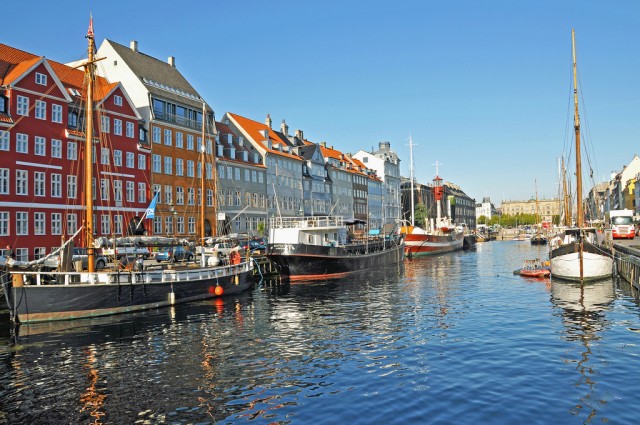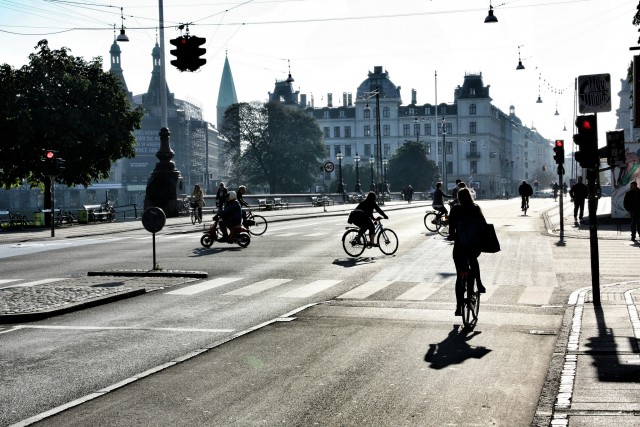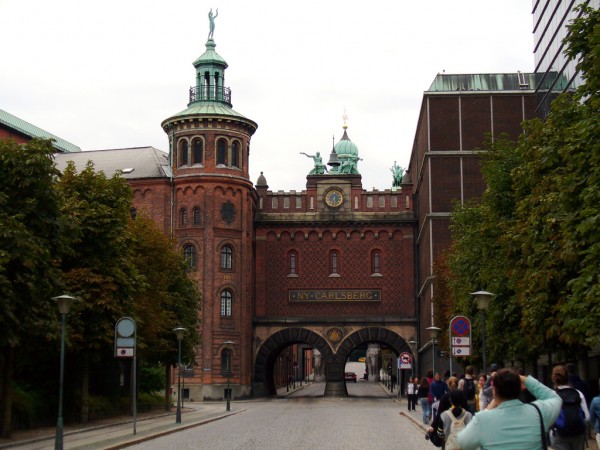 the Travel Enthusiast
the Travel Enthusiast
- 04 Apr
Adam in Amazing Places | NO COMMENTSThe Tolerant Copenhagen
The wonderful buildings of the Danish capital reminds us the fact that this country was once a considerable power.
Despite its history, the Danish capital is a provocative, youthful, free and comfortable city This exceptionally beautiful city gives home not only to many museums, theaters, new danish design, or art galleries but also offers outstanding nightlife.
At every step you feel an unique and tolerant atmosphere. The commercial zone called Stroget is almost 2 km long and from there you can see a typical city traffic common to big capitals. However people are frequently smiling despite the fact that they live in an agglomerated city. The atmosphere at Nyhavn is undoubtedly excellent.
Tourists even come to Copenhagen for summer just to occupy the wharf’s restaurants, cafes and bars because of their lovely ambiance. The buildings with their colorful, agreeable fronts and their small basin of the port dates back to the 18th, when rich merchants lived in these houses before they became a leisure zone for the marines.
The origin of Copenhagen lies not far away, in Slotsholmen island which is home to a castle what is now the residence of the Danish government.In 1026 there was only a fishing village named Havn here and its name is still part of the name of the capital (Kobenhavn in Danish). When the archbishop Absalon understood the strategic importance of the place he established a castle here.
This resisted two centuries, but after its destruction by the invading Germans, it was reconstructed and extended in 1369. In 1416, the Danish king moved to the new castle and in 1443 the city has become its capital. By the end of the 16th century, Copenhagen’s commerce developed to the point that it has become extremely rich and with time surpassed its initial limits.
The Constructions under Christian VI of Denmark
The first cultural affirmation of Copenhagen was in the 17th century under the rule of art lover Christian VI of Denmark. It was this time when the most beautiful buildings were raised like Rundetaarn and Rosenborg castle, built in renaissance style and guard nowadays the royal jewels and the crown.
After the wonderful years of architectural development an era of catastrophic decay arrived. Almost the entire population of the city died because of the Great Northern War plague in 1711, the city was consumed by fire between 1728 and 1795 and was bombarded by the British Navy in 1807, but was rapidly reconstructed.
When the Danes returned after these hits of fate, a flourishing cultural period started. The philosopher Soren Kirkegaard, writer Hans Christian Andersen and the founder of Danish schools of fine arts Christoffer Wilhelm Eckersberg changed the attitude of its contemporaries. In 1849, Denmark became a constitutional monarchy.
The old bastion at the wharves from Christiansvahn was built between 1662 and 1665. Today it is an Avant-Garde style place with green spaces. In 1971, the Christiania instruction camp was occupied by members of the hippie movement and proclaimed the place as a free state.
- Flights
- Hotels
- Packages
- Cars
- Cruises
travel search by Travelgrove (get this widget)The settlement now is an enclave where there are no rents, leaders, or cars with a mixed color of bohemians, artists and young successful people. From the spiral tower of Vor Frelsers, in front of the Free state, you can enjoy a very beautiful view of the whole city. The town hall’s tower, being 100 meter high, dominates the Raadhuspladsen (Town Square) covered with streets filled with life in the heart of the city.
Tivoli Gardens
This amusement park, opened in 1834, is a true Danish attraction.It attracts visitors not only for its big Ferris wheel and other amusement rides, but also for its traditional dances and shows, be it symphonic or ballet dances organized in a grand hall.
Exactly near the Tivoli gardens lies the Carlsberg Brewery which was established at the end of the 19th century. Tourists can find many history related attractions in the area, even from the paleolithic era in the National Museum. Here you can admire a 3500 year old battle cart, 3000 year old bronze objects like coins and treasures.



